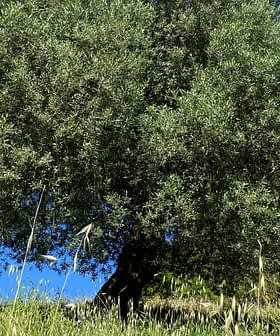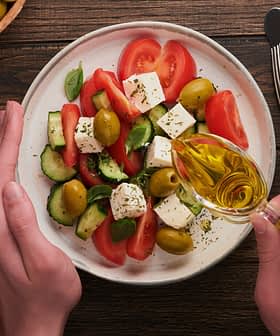
A new patent application highlights the possible usefulness of olive compounds hydroxytyrosol and oleuropein in healing wounds.
Including them in compositions containing human umbilical cord stem cells reduces the time for a wound to close by about 30 percent compared to just the cells alone, it is claimed in the application.
Recently published by the U.S. Patent and Trademark Office, the application also says that the amount of retrieved cord blood is expected to increase as physicians and expectant parents become more aware of its potential uses.
Darlene E. McCord is listed as both the inventor and applicant on the document, “Methods for improved wound closure employing Olivamine and human umbilical vein endothelial cells.”
Olivamine is the tradename for a McCord Research product that contains hydroxytyrosol and oleuropein.
McCord said in the application that one of the objectives of the topical composition is to significantly accelerate wound closure, including for wounds that tend to resist healing.
Umbilical vein endothelial cells are already known to aid wound healing, but adding hydroxytyrosol and oleuropein “synergistically enhances wound repair,” she said.
Hydroxytyrosol and oleuropein are polyphenols found in olives, olive leaves, olive oil and even the waste water from olive oil production. The composition, however, could use these natural sources or derive its hydroxytyrosol and oleuropein from chemical synthesis.
“Compositions comprising hydroxytyrosol and oleuropein may be used to reduce the concentration of free-radicals in the cells of skin tissue to improve cellular function. In addition, compositions comprising sufficient hydroxytyrosol and oleuropein may be used to induce cells into or maintain them in a reversible quiescent (dormant) state to provide them with time to heal and return to a more viable state with a reduced risk of necrosis,” she said.








